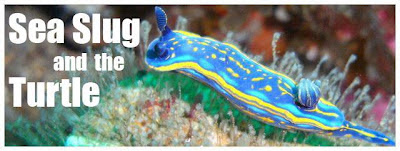Dive #54 - 65
Scapa Flow is a bay in the Orkney Islands which has acted as a natural harbour for centuries, long since Viking expeditions began arriving. In the build up to the First World War it was decided that a northern British naval base would be needed to control the entrances to the North Sea - Scapa Flow served this purpose.
After defeat in the First World War, 74 ships of the German High Seas Fleet were interned at Scapa Flow. Their fate was to be decided in the peace Treaty of Versailles however on 21 June 1919, after a wait of 9 months, Rear Admiral Ludwig von Reuter took the decision to scuttle the enormous fleet.
A great salvage operation ensued which has been become known as the greatest salvage operation of all time.
There are now seven ships of the German High Seas Fleet still resident in Scapa Flow, as well as numerous fishing boats and blockships, making the bay an extremely popular scuba diving destination.
During my trip to Scapa Flow I managed to dive:
- The SMS Karlsruhe - light cruiser.
- The F2 & YC21- German torpedo recovery vessel and British salvage barge.
- The Tabarka - 2,624 ton steamer at 12m which has settled upside down in Burra Sound.
- HMT Loch Garry - boom defence boat.
- Oceana, Eday - tug boat.
- SS Loch Maddy - 4,995 to vessel torpeded and blown in two by a U-boat now lying at 12 metres.
- Endeavour - wreck of a trawler.
- Aoranghi - block ship.
- Kronprinz Wilhelm battleship.
- SMS Coln -light cruiser.
- MV James Barrie - fishing vessel.
- SMS Brummer - light cruiser.
Video of the SMS Kronprinz Wilhelm, SMS Koln and SMS Brummer, which I also dived, by
Dory Productions















